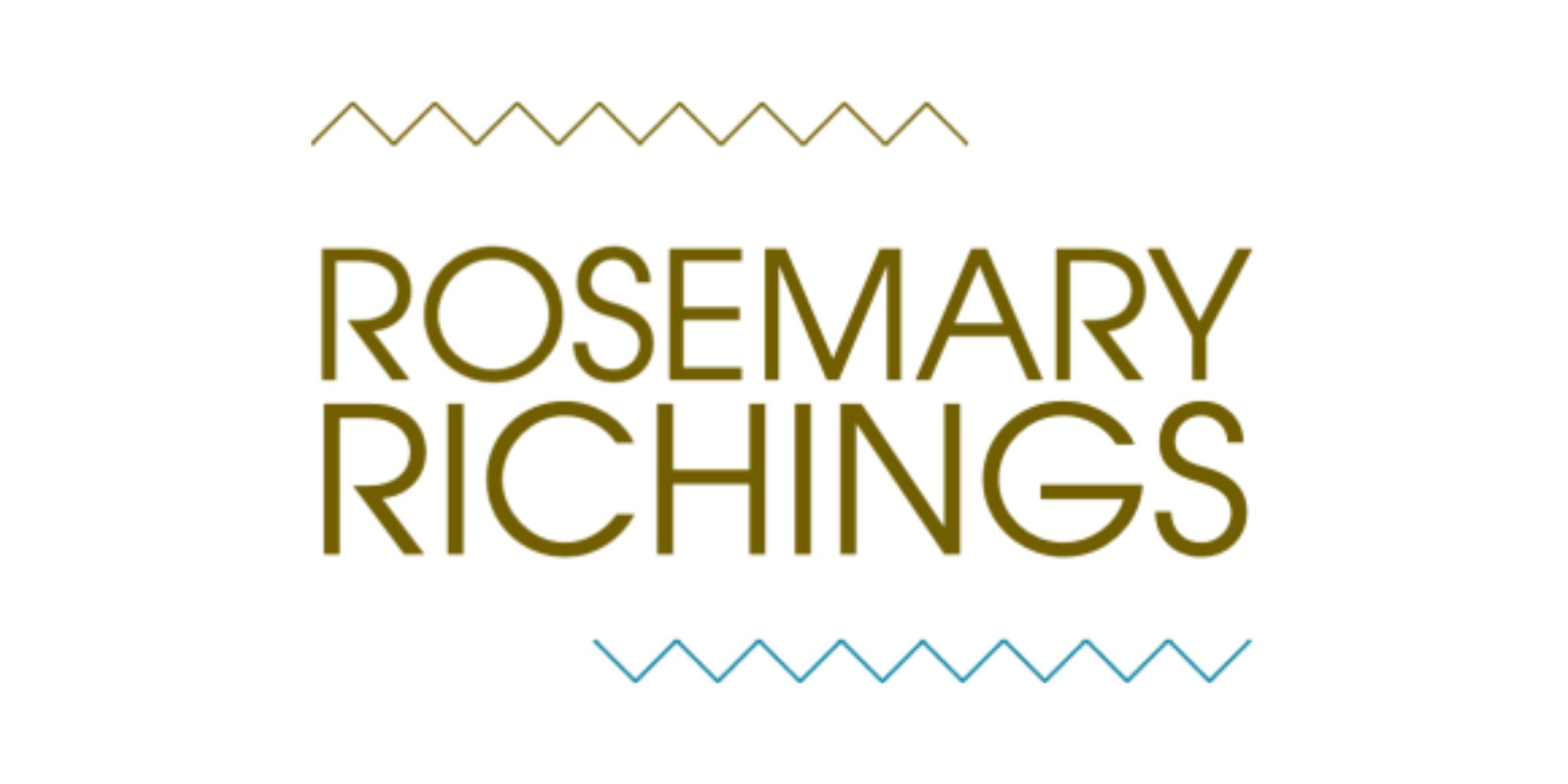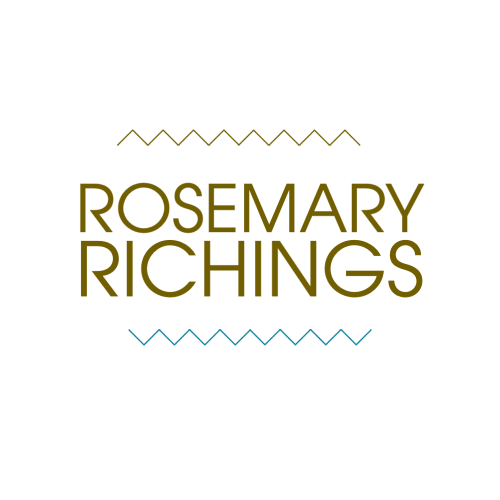Recently, I shared my take on the misconceptions about flexibility and freelancing.
Now that I’ve had an open discussion about how I work, I want to share the harsh truths about freelancing that aren’t common knowledge. Because I’d be richer than Bill Gates, if someone gave me a dollar every time someone has said to me:
Lucky you, I wish I had your lifestyle!
In fact, I’ve had just as many conversations with people who want to start their own businesses, as the types who wonder when I’m going to get “a real job”. The truth is, it takes a very specific type of person to go through the challenges of freelancing, and not give up.
In fact, every freelancer I’ve met has character traits such as:
- Resilience
- An ability to thrive under pressure
- A stubborn belief in the value of what they do
- And a strong stomach for constructive criticism and rejection.
Because freelancing, when it gets tough, forces you to make challenging decisions.
Yet freelancing has plenty of privileges, which make the not-so-great parts worth confronting.
For instance, my work life makes it easy for me to take a break for doctors’ appointments, and fresh air. Because I don’t have to ask anyone’s permission, and I can still get work done if I take care of my health and wellness needs.
Then there are the people I work with. As a copywriter, content writer, editor, and content strategist, I play a huge role in the growth of my clients’ businesses. And that’s my favourite part of the work that I do.
And the hardest part? The juggling of multiple hats…
Because you’re the creative, billing department, and client relationships manager.
So you often have to make challenging decisions, such as:
- What to do if someone doesn’t pay their invoice
- And what to do if a client is unsatisfied with the results.
Because the finished product is your responsibility, you always have two choices:
- Stick to your principles and potentially lose a client.
- Or compromise in order to satisfy the needs of the person whose invoice is paying your bills.
Regardless, it might take a 30 minute to an hour-long phone call to explain the choices you made. Even then, people are (occasionally) too stubborn to compromise.
That’s exactly why it’s so important to protect yourself through contracts, deposit policies, and cancellation rules and regulations.
Speaking of stubbornness, not everyone will value your work no matter how “good” it is
Chances are you invested a lot into building the business you have now.
There were likely networking events, classes, books, supplies, and software that benefits your business in some shape or form. And all of that takes time…and often money. That’s exactly why I want to reassure you of something pretty important:
However, there will always be somebody who will do what you do for less, but you should never lower your rates to please bargain hunters.
Because cheap doesn’t always go hand and hand with quality results. In fact, I have occasionally had to pick up the pieces of poor quality work.
When that happens, I will often find out that my client made decisions based on price alone, before they hired me to fix past issues with the finished product.
To avoid angry comments and misunderstandings, consider this.
I once hired a business coach for only 250 Canadian dollars (most of the other options were in the $500 or more range, and that was a lot more than what I could realistically spend).
Yet, the price wasn’t the only reason why I chose my business coach. I’m also a fan of her approach. For instance, I have read her blog and followed her on Twitter for the past few years.
However, I’m not the only one who has needed the help of a specific freelancer and had the same criteria for the person I eventually hired.
Thanks to the internet, freelancing is becoming an increasingly global market
So, prospective clients are often comparing you to candidates with a different cost of living than what’s normal for you.
Despite the excitement and perks of being able to work with people from all over the world, industry-standard rates are a lot harder to advocate for.
For example, here’s something that Justin Samuel’s company noticed about the design and web developer industry’s standard rates. Although this survey is now a year old, I think it’s pointing out something that hasn’t changed:
Only 2.4 per cent of freelance design and development professionals say they bill more than $150 per hour — but 8 per cent of agencies do.
While the most common hourly rate freelancers charge is $76-$100 per hour, freelancers are twice as likely as companies of 2+ employees to work for as little as $26-$50 per hour.
A freelancer billing $50/hour, working 52 weeks and billing 40 hours every week, would only gross $104,000, which is far below what someone with web design or development skills is worth.
Unfortunately, freelancers of all specialities make this mistake at some point. Since not everyone is used to controlling how much they’re paid, picking the right rate can be challenging for first-time freelancers.
That’s exactly why you need to proudly and clearly communicate how much you’re worth…
If you want to scare away people who are a terrible fit for you, your first conversation with your client is an opportunity to be transparent about:
- When you work
- How you work
- And how much things cost.
Ideally, examples of how you work should show up in the content you create. Yet, not everyone will read your blog, listen to your podcast, or watch your YouTube videos.
If your client is willing to accommodate your way of working, take that as a sign that they’re a good fit for you.
If they openly price haggle and make changes on key details, such as how much time you take per project politely refer them to another freelancer.
The beauty of freelancing is that there’s the flexibility to pave your own path, and not everyone has to like your means of paving that path.
So, don’t let anyone change your way of doing things. Because this will lead to like-minded people expressing interest in your way of doing things.
And if you have not yet found clients who are the perfect fit for your way of doing things…
Freelancing is something that takes time to build.
So, what should you do if you’re exclusively attracting clients who want the lowest price? A slow but effective way to do this is to the following: convey consistent and clear brand messaging. Here are some tips on how you can make your brand messaging a hundred times clearer.
This article was originally published on September 30th, 2019 on Medium Digest-based publication, The Startup. Since this article is part of Medium Digest’s Partner program, I encourage you to applaud the original in order to support future articles just like this one.
PS: New articles are published bi-weekly on Mondays. Browse more posts:
50+ B2B articles →
100+ writer-to-writer articles →



